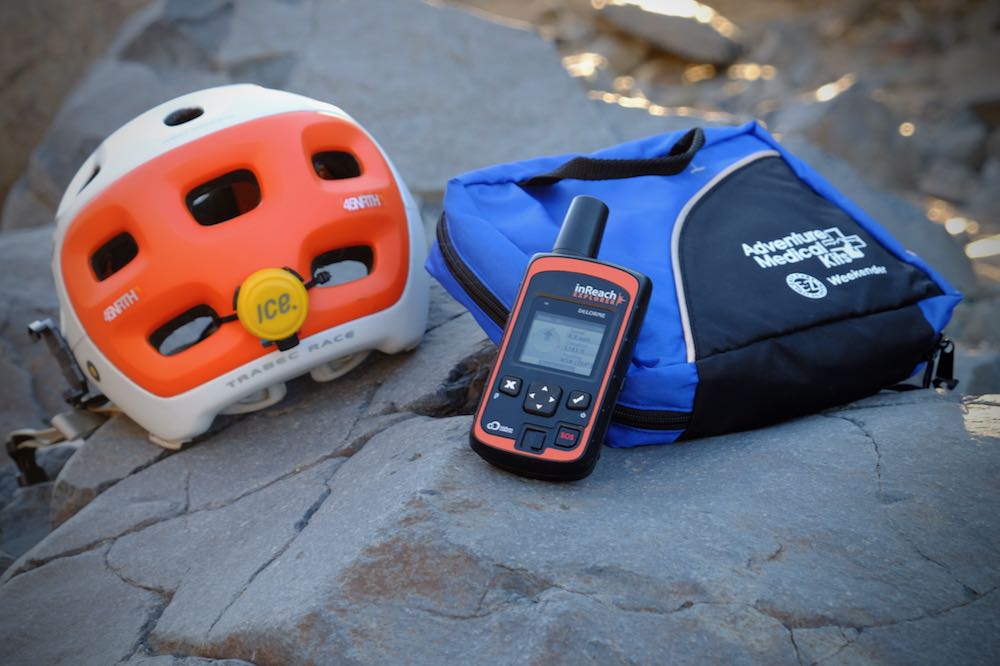Welcome to the Bikerumor First Aid Series, where we explore common cycling injuries and what to do if you or your riding partner wreck. In this installment, we look communication options for when you’re exploring outside of cell phone range. Followup stories will provide in depth solutions to help you get back on the road, recommended first aid equipment to carry with you, and more. If you have specific questions, leave them in the comments and we’ll answer those in future articles.
In the most recent installment of our first aid series we dove head first into the topic of brain injuries. Serious medical emergencies like severe concussions often demand medical attention on the scene. As trails push further into the hills, communicating with emergency first responders is not always possible. This week we review a few tools riders can use to summon help from deep in the backcountry.
Satellite Comms 101
There are three different types of satellite communications. On the upper end of the price and utility spectrum are two-way voice systems, or satellite phones. Although the prices have come down in recent years, they’re still expensive and largely unnecessary for most riders. Just below phones are two-way text messengers. The entry point into satellite communications is the one-way emergency alerting device.
SPOT Messenger Gen 3
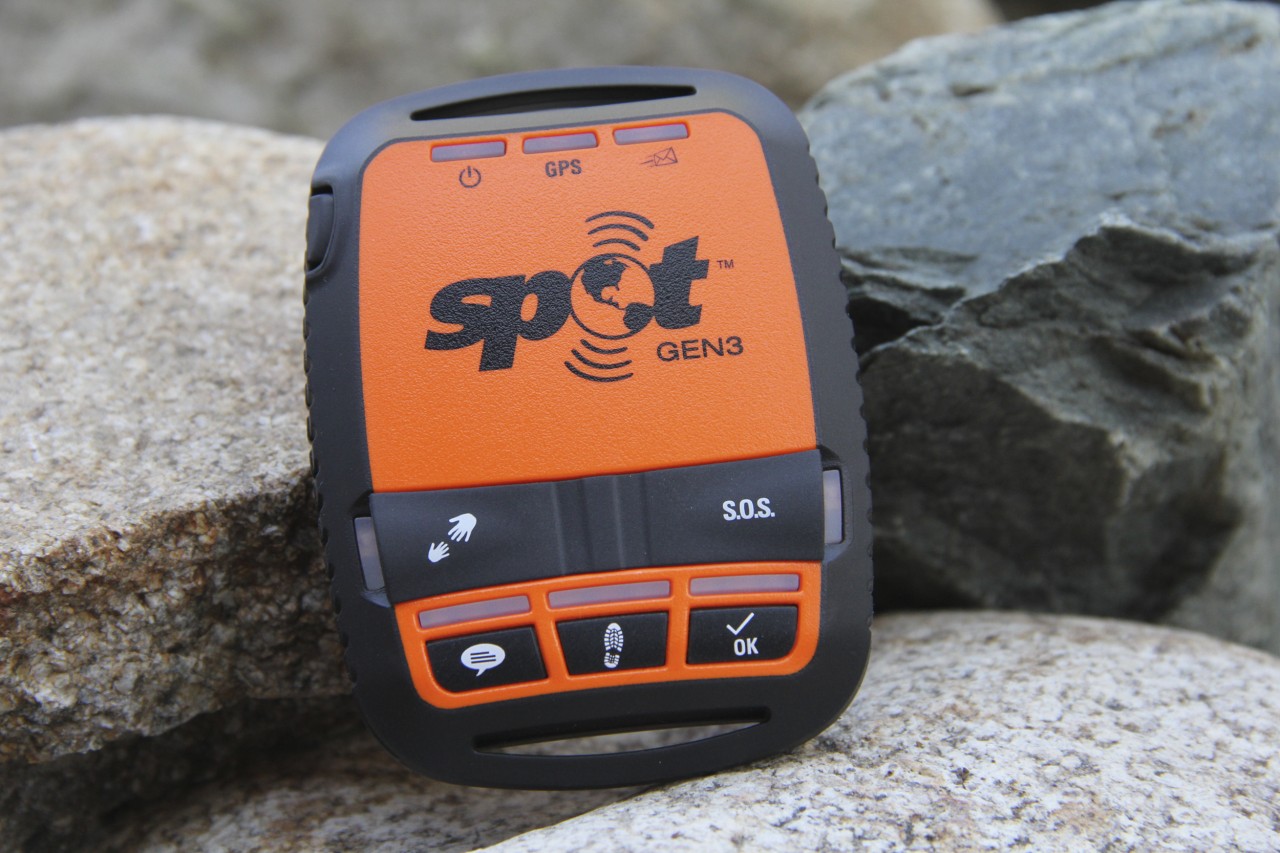
The SPOT Messenger is well known to cyclists and often used as a tracker for self-supported endurance races. Now in its third iteration, a SPOT device is a one-way communicator serviced by the Globalstar network of low earth orbit satellites. The advantage of the SPOT platform is the relatively low cost ($169) and inexpensive yearly subscription rate ($199).
The SPOT Messenger can send five different types of transmissions, four of them sent to recipients of the user’s choosing. The first is an optional tracking signal to let people know where you are at any given time. The next is a pre-programmed custom message created at the time of setup. A common pre-programmed messages is, “All OK, Running Late.” Another button sends an OK signal to let your contacts know everything is well. The more serious “Help” message alerts your chosen contacts that you need assistance, but the situation is not dire. When things really go pear shaped, the SOS button sends an emergency message to initiate a full-blown rescue.
As great as the SPOT device is, one-way messaging has limitations. Once you push the SOS button an LED light indicates the alert has been sent, but it offers no other means of confirming if help is coming. It’s better than nothing, but two-way comms are far superior.
Garmin inReach
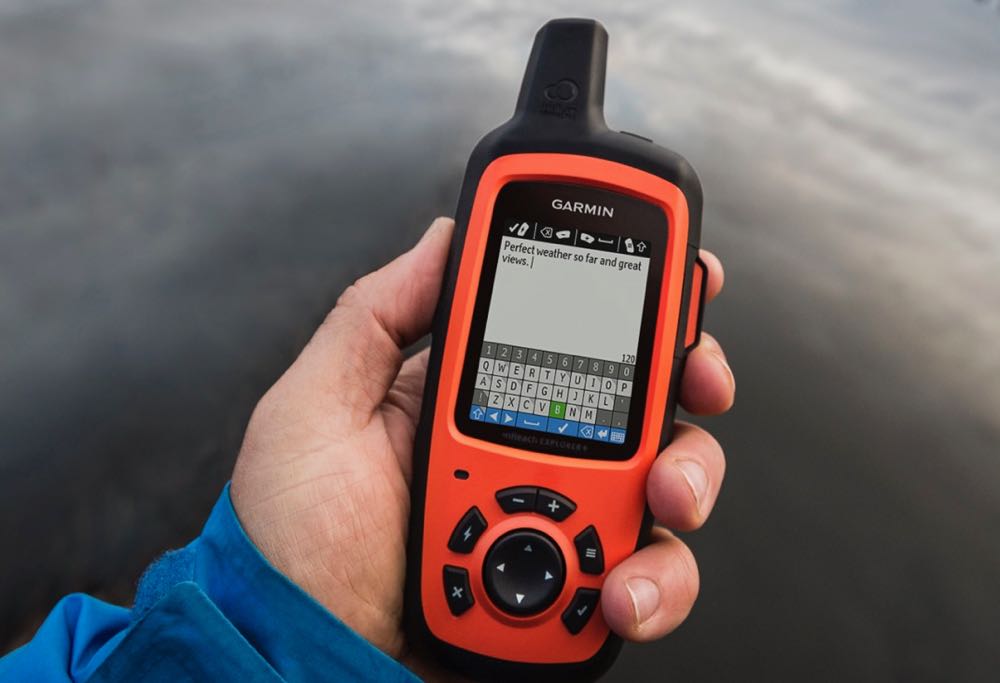
Originally launched by Delorme, Garmin bought the inReach system two years ago and gave it a substantial reboot. The inReach unit is linked to the Iridium satellite network and includes a wide range of useful features like tracking, pre-programmed messaging, and full GPS navigational tools.
Unlike the SPOT, the inReach facilitates a dialogue between the user and specific contacts via standard email or SMS text messaging formats. This is a significant advantage when coordinating both emergency and non-emergency logistics. In most scenarios two-way communications improve response times and effectiveness. The additional communication and navigational benefits increase the cost of the inReach device ($449), but subscriptions fees start at just $15 per month.
What happens when you hit the SOS button?
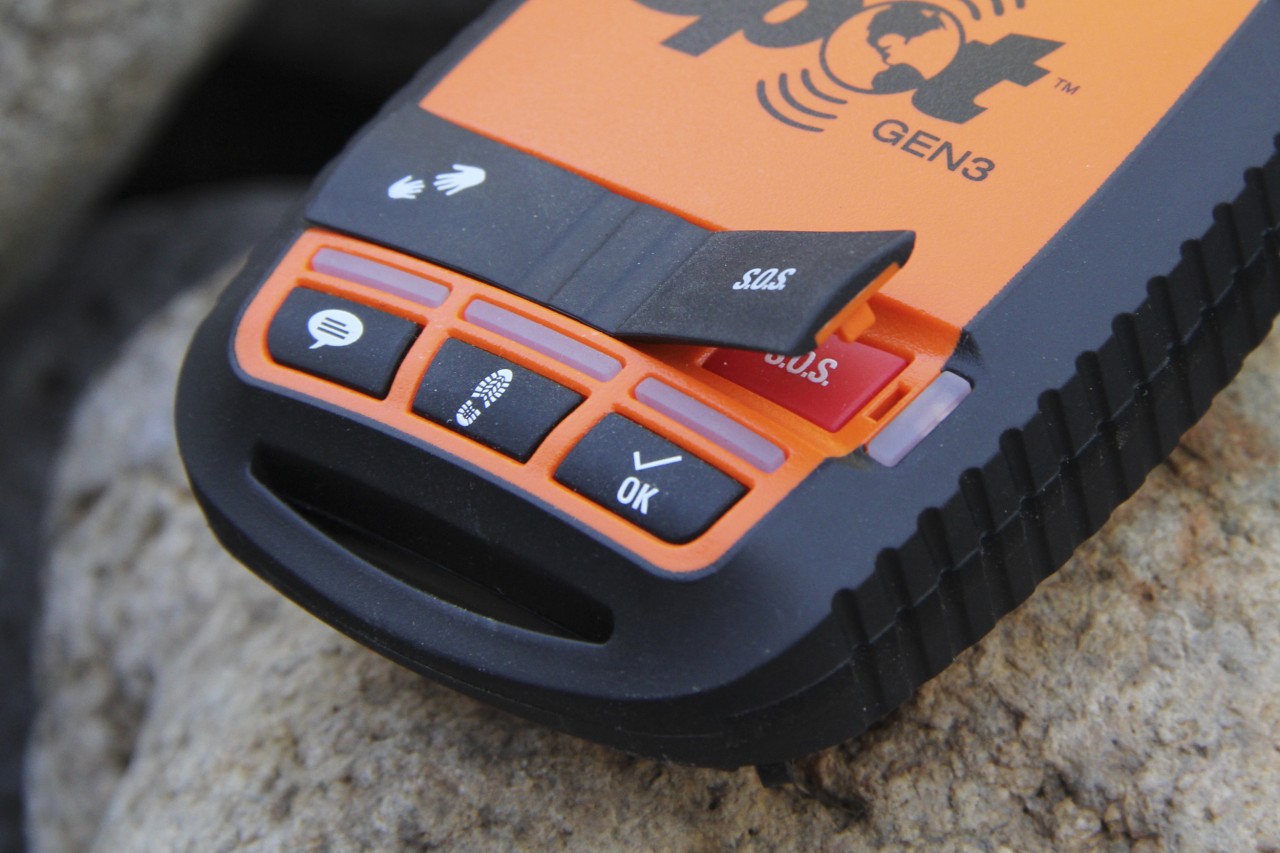
It’s important to know who is on the other end of the line when it comes time to call in the cavalry. Both SPOT and inReach are supported by the GEOS Rescue Coordination Center located in Houston, Texas. When you push the SOS button the emergency alert is received by GEOS with the signal package informing them of who and where you are. After attempting to reach the emergency contacts registered to the unit, they contact the appropriate rescue resources in that area. Users of the inReach system can communicate directly with GEOS to better coordinate a safe and speedy response.
GEOS in action
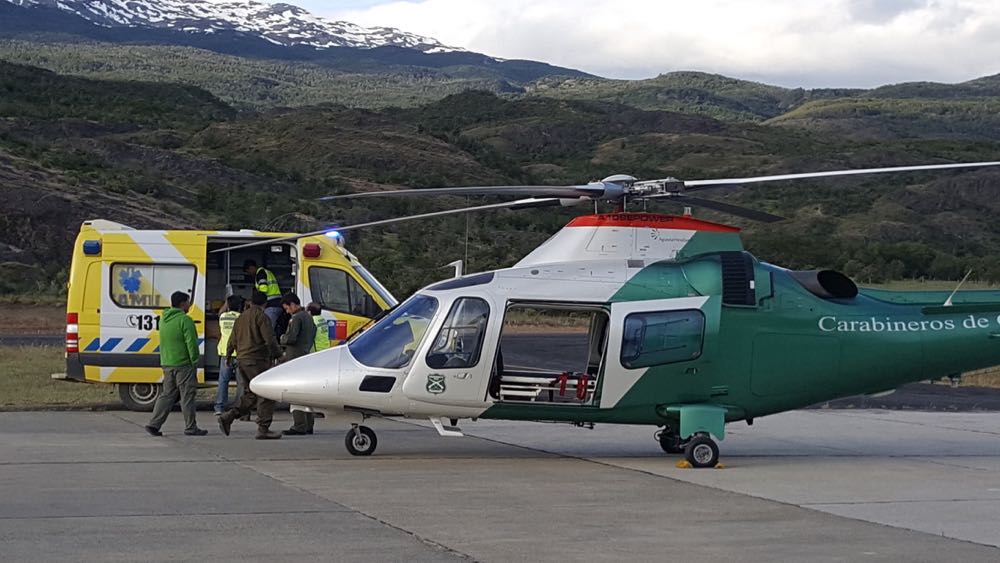
While riding a motorcycle through the remote southern corner of Chile just a month ago, one of my companions crashed and shattered his hand, wrist, and arm. After pressing the SOS button on our inReach device we were immediately exchanging information with a responder in Texas. Our text chain covered a span of 8,000 miles, but facilitated the dispatch of an ambulance only 75 miles away. We would have not been able to call in that ambulance any other way. Within hours our friend was on a helicopter headed for a hospital. Had we chosen to send an SOS from our SPOT unit, we likely would have had the same outcome, but with far less certainty.
Personal Locator Beacons
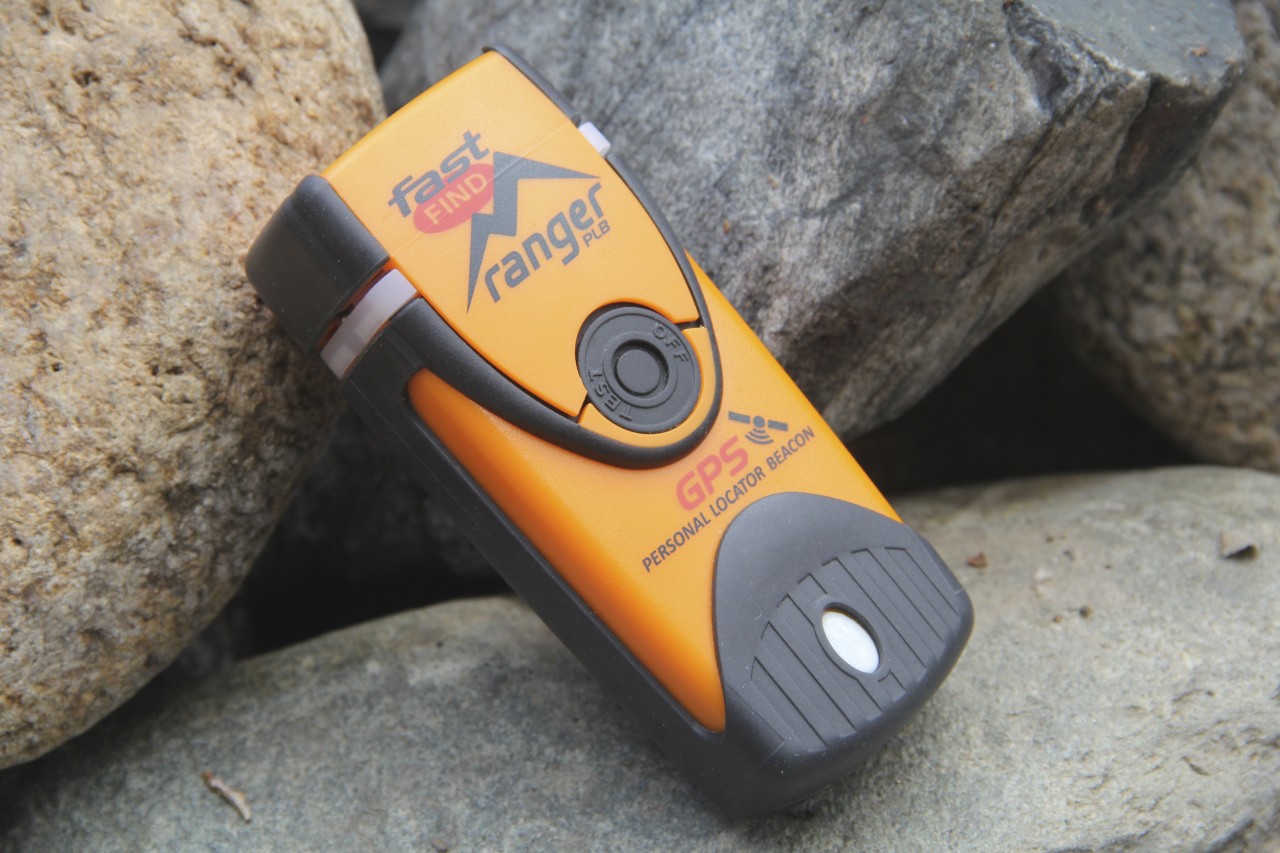
Commonly used by thousands of boaters in coastal waters, PLBs like the McMurdo FastFind Ranger are emergency-only devices supported the US government’s emergency satellite network called COSPAS/SARSAT. There are several PLB units on the market, all designed to transmit a 406MHz dedicated distress signal. PLB units are popular because they’re relatively cheap with prices starting around $175. They also don’t require a monthly or yearly subscription.
The downside to a PLB, other than the one-way messaging, is the limited utility they offer to the land lubber. When a PLB is fired, the signal is received by either US Coast Guard or US Air Force centers. While the Coast Guard has proven response times at sea, the track record for PLB usage on land is less stellar. In collaboration with the proper authorities I conducted a land-based PLB test and Air Force dispatchers took 86 minutes to respond to an active SOS signal. For the backcountry mountain biker, a PLB is better than nothing, but it isn’t an ideal tool.
Ice Dot
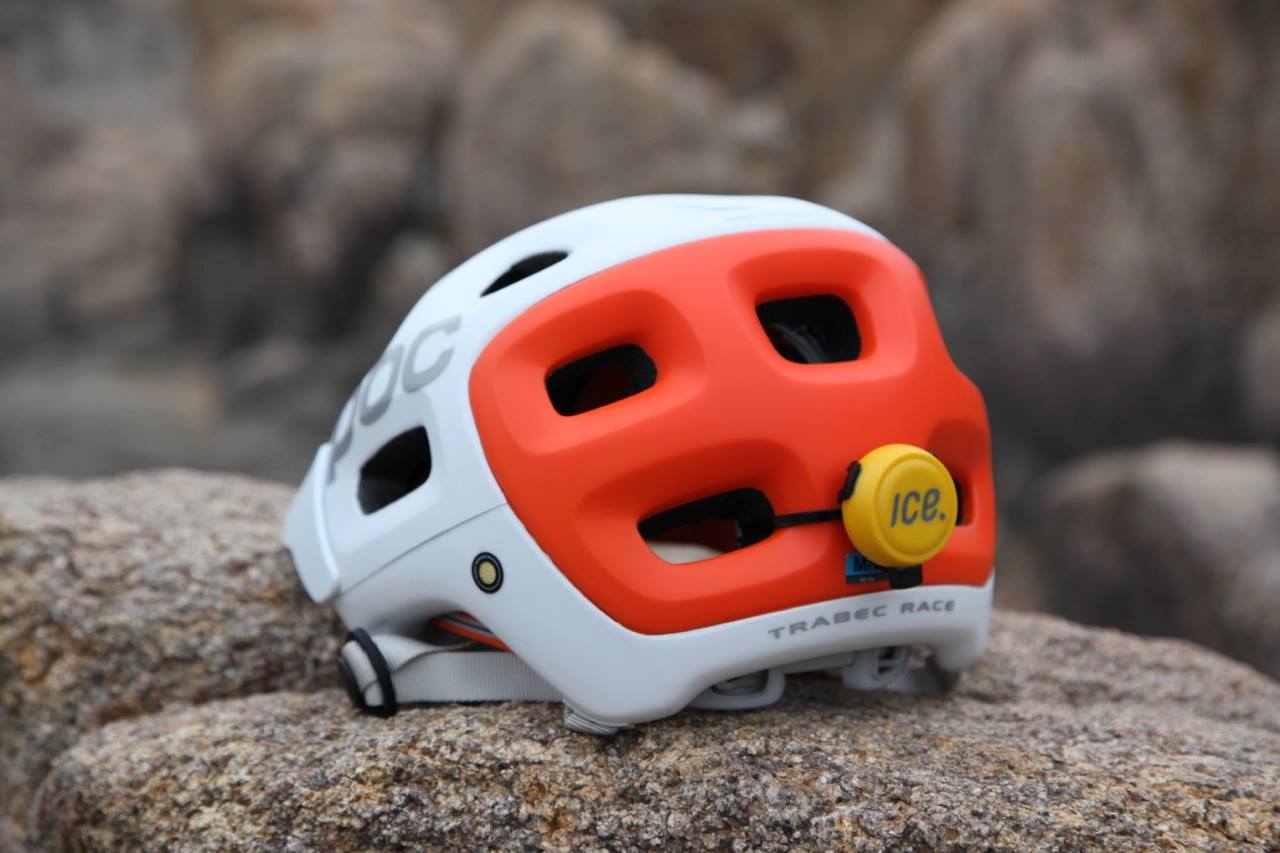
Although it’s not capable of tapping into satellite communication networks, the IceDot is an inexpensive and worthwhile tool for the rider prone to ride alone. Inside the small rechargeable IceDot is an accelerometer and Bluetooth transmitter. In the event of a hard crash, the sensor initiates a countdown sequence on a paired mobile phone. If the rider is unconscious and unable to halt the countdown, a call is immediately placed to emergency contacts and first responders. For the soloist riding within cellular service range it could be a lifesaver in the event of a hard head impact.
Mountain bikers have always been drawn to remote trails tucked deep into the backcountry. Having a communications plan in place before getting too far from the trailhead can add peace of mind and another level of security should the unthinkable happen.
